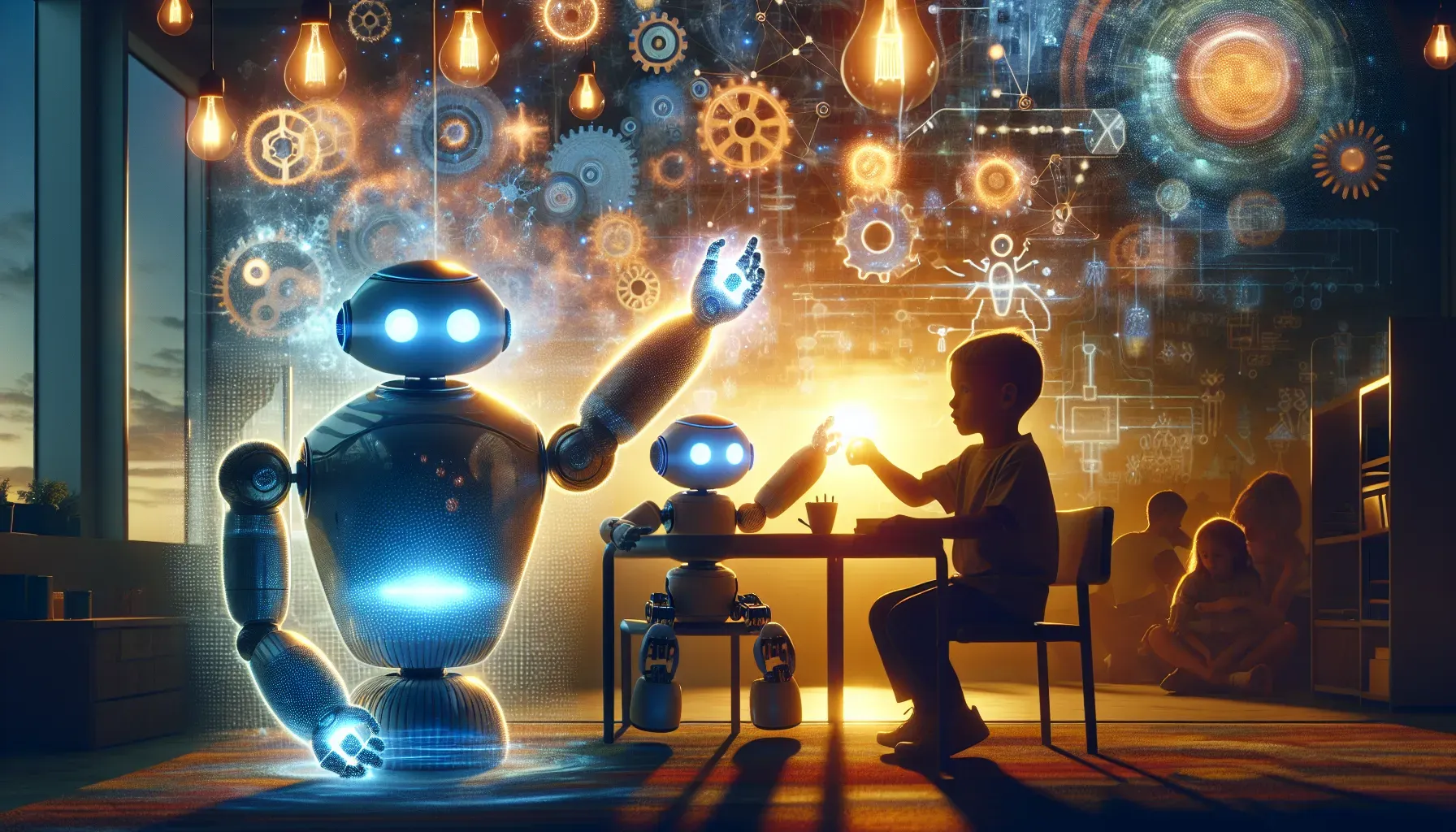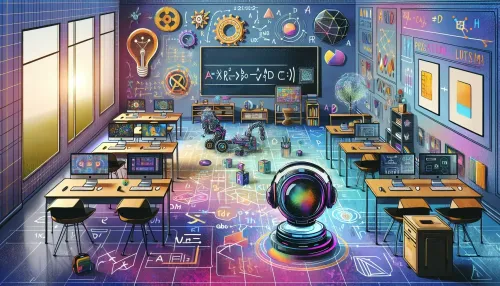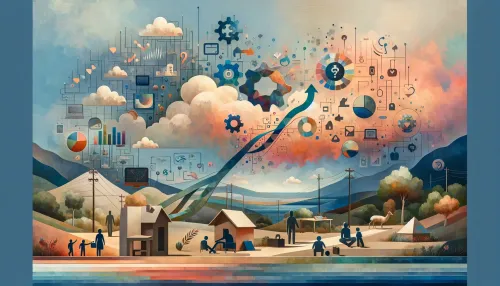Robotics Revolution: Empathy Robots Teaching Social Skills to Autistic Children

In the rapidly evolving landscape of autism education and therapy, a groundbreaking innovation is taking center stage – empathy robots. These advanced technological marvels are redefining the way autistic children learn and develop crucial social interaction skills. With an increasing emphasis on personalized and effective interventions, the integration of robot-assisted therapies is gaining widespread attention for its potential to revolutionize autism care.
Empathy Robots: A New Era in Autism Education
Empathy robots, also known as social robots, represent a notable advancement in leveraging technology to address the unique needs of autistic children. Unlike traditional educational approaches, these robots are designed to intuitively understand and respond to non-verbal cues, facilitating engaging interactions that foster social growth. Equipped with sophisticated artificial intelligence (AI) algorithms, these robots have the capacity to adapt their behavior based on individual communication patterns, making them highly effective in supporting personalized learning journeys.
What are empathy robots and how do they work
The incorporation of empathy robots in autism education and therapy has demonstrated promising outcomes in nurturing enhanced social interaction skills among autistic children. Research and clinical studies have highlighted the significant impact of robot-assisted interventions in providing a supportive environment for learning and practicing social cues. By creating controlled and predictable social scenarios, these robots offer a safe space for children to develop their communication abilities and navigate social dynamics with confidence.
Key features of empathy robots for learning
One of the most compelling aspects of empathy robots is their ability to form genuine emotional connections with autistic children. Contrary to conventional assumptions, these robots have proven to elicit profound emotional responses from their young users. Studies have unveiled the heartwarming bond that develops between children and their robotic companions, fostering trust and comfort crucial for effective learning experiences. This unexpected emotional connection challenges preconceived notions about human-robot interactions, emphasizing the potential of empathy robots as invaluable companions in the journey of autistic individuals.
Empirical evidence from case studies has consistently demonstrated the transformative impact of empathy robots on the emotional development and social understanding of autistic children. Through structured interactions with these robots, users have exhibited remarkable improvements in empathy, perspective-taking, and emotional regulation. The data gleaned from real-world applications underscores the potency of robotics-driven interventions in cultivating fundamental social skills essential for meaningful interpersonal relationships.
Enhancing Social Interaction Skills with Robot Assistance
As the integration of empathy robots continues to expand within autism education and therapy, ethical considerations play a pivotal role in guiding their responsible implementation. It is imperative to uphold ethical standards that prioritize the autonomy and well-being of autistic individuals throughout their interactions with robotic therapies. Striking a balance between technological advancements and ethical practices is essential to ensure that empathy robots serve as empowering tools that uphold the dignity and agency of their users.
Related Article: Wearable Tech Advancements: Empowering Autistic Children with Innovative Therapeutic Interventions
The emotional connection between children and robots
A defining feature of empathy robots lies in their customization capabilities, enabling them to dynamically cater to the unique requirements of individual learners. By leveraging machine learning algorithms, these robots can personalize their interactions based on each child's preferences, sensitivities, and learning pace. This adaptability fosters a tailored approach that resonates with the diverse spectrum of needs within the autistic community, reinforcing the significance of personalized support in maximizing educational outcomes.
Case studies showcasing improvements in empathy
The synergy between human therapists and robotic assistants presents a collaborative framework that amplifies the efficacy of autism interventions. By integrating empathic human guidance with the technical precision of robots, a holistic approach to therapy emerges, ensuring comprehensive care that harmonizes emotional support with targeted skill-building. This collaborative model optimizes the strengths of both human professionals and empathetic robots, encapsulating a multifaceted support system for autistic children to thrive in their developmental journey.
The long-term impact of empathy robots on the development of autistic children stands as a critical area of inquiry. Rigorous longitudinal studies are essential for evaluating whether the benefits derived from robot-assisted interventions manifest into enduring improvements in social skills and adaptive behaviors. By scrutinizing the sustained influence of empathy robots over extended periods, researchers can ascertain their efficacy in effecting lasting positive changes conducive to enhanced social integration and overall well-being among autistic individuals.
Frequently Asked Questions
Empathy robots, or social robots, are advanced tools designed to assist autistic children in developing social interaction skills. They utilize artificial intelligence to understand non-verbal cues and adapt their behavior, creating engaging and personalized learning experiences that foster social growth in a supportive environment.
Empathy robots can elicit genuine emotional responses from autistic children, fostering trust and comfort. This emotional bond enhances the learning experience, as children feel secure interacting with these robotic companions, which challenges traditional views on human-robot interactions and highlights their potential as supportive partners in therapy.
Ethical considerations in using empathy robots focus on ensuring the autonomy and well-being of autistic individuals. It is crucial to implement these technologies responsibly, balancing advancements with ethical practices to empower users while maintaining their dignity and agency throughout robotic interactions in therapeutic settings.
Check Out These Related Articles

Innovative Initiatives in Adaptive Education Technology for Autism Inclusion

Telehealth Services for Autism: Accessible Support Solutions for Remote Communities

The Evolution of Autism Support Services in the Digital Age
